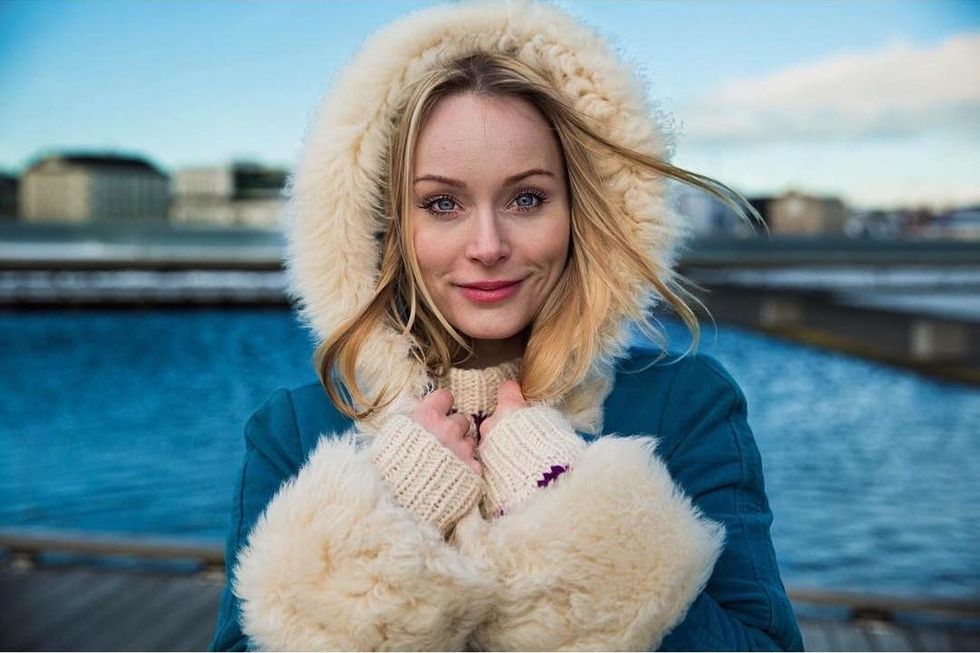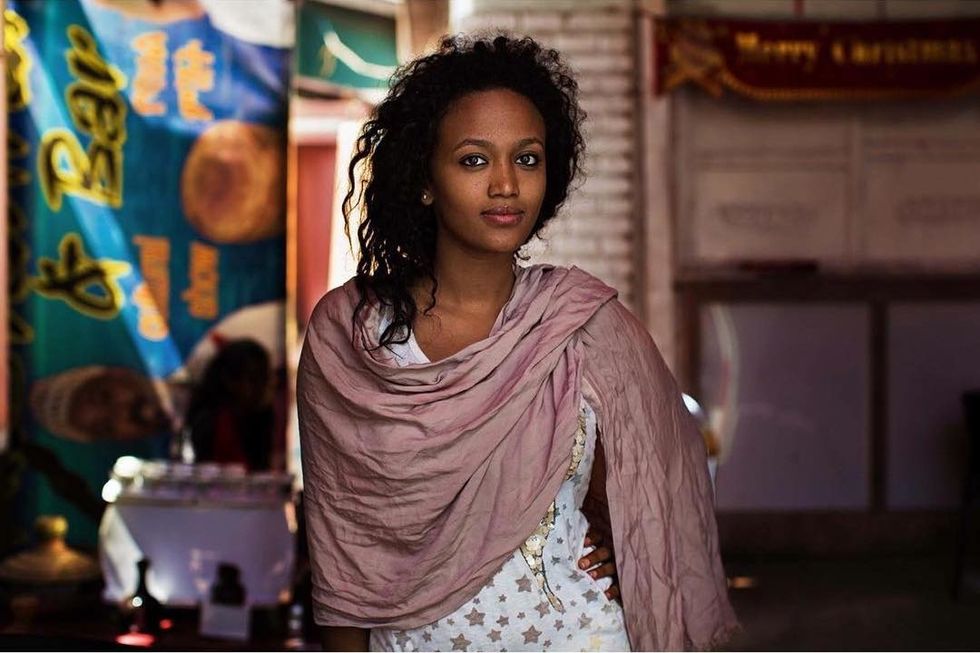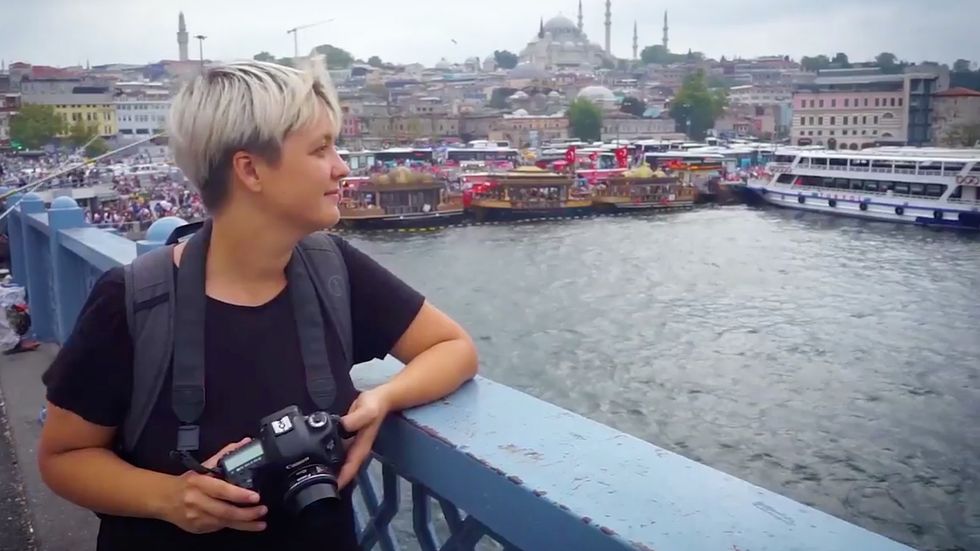The definition of the word "woman" has a different meaning in each region of the world. We're this diverse pool of people that come in all of these different sizes, shades, and backgrounds. On a physical level, there is no "one look" that comes with being a woman either, and world-renowned Romanian photographer Mihaela Noroc went on an international four-year journey capturing the different types of beauty that compose women all across the globe to highlight this truth.
(Let me just say that all of Noroc's art from the project that's available online looks equally as amazing as it sounds. Long story short, I stumbled upon her website after Googling the phrase "being a woman in different countries," and became fascinated with her work.)
Titled "The Atlas of Beauty: Women of the World in 500 Portraits," it is a series of photos showcasing 500 everyday women from over 50 countries. Whether she was shooting in Asia, Europe, Africa, North America, or South America, Noroc did not spend any money on fancy photoshoots or lighting backdrops. She just traveled with herself, her backpack, and of course, her camera to capture the authentic beauty you can see in women all around the world.


"My goal is to show that every woman shines like a star because beauty is diversity, and not just what we see in mass-media," says Noroc on her blog. "For me, the real beauty has no age, colors or trends. You can find it in Africa or in Europe, in a village or in a skyscraper, in a smile, in a gesture, in an intense gaze, in some wrinkles, or in a story."
Each woman is photographed within their local community, with "local" ranging from the lakes in Poland, the barracks in Mexico City, the Amazon rainforests, villages in Guatemala, refugee camps in Greece, city streets of Berlin, and the parks in Harlem. Seeing all of her photographs in comparison to one another doesn't fail to exhibit each woman's identity and condition in comparison to their geographic area. Noroc brilliantly juxtaposed all of this into her project, and the captions adorning the bottom of every portrait makes the images all the more moving.
"I want to send a message about love and acceptance," adds Noroc in her brief description of the book's purpose. "I hope this book will get into many homes around the world, convincing more people that diversity is a treasure and not a trigger for conflicts and hate."













